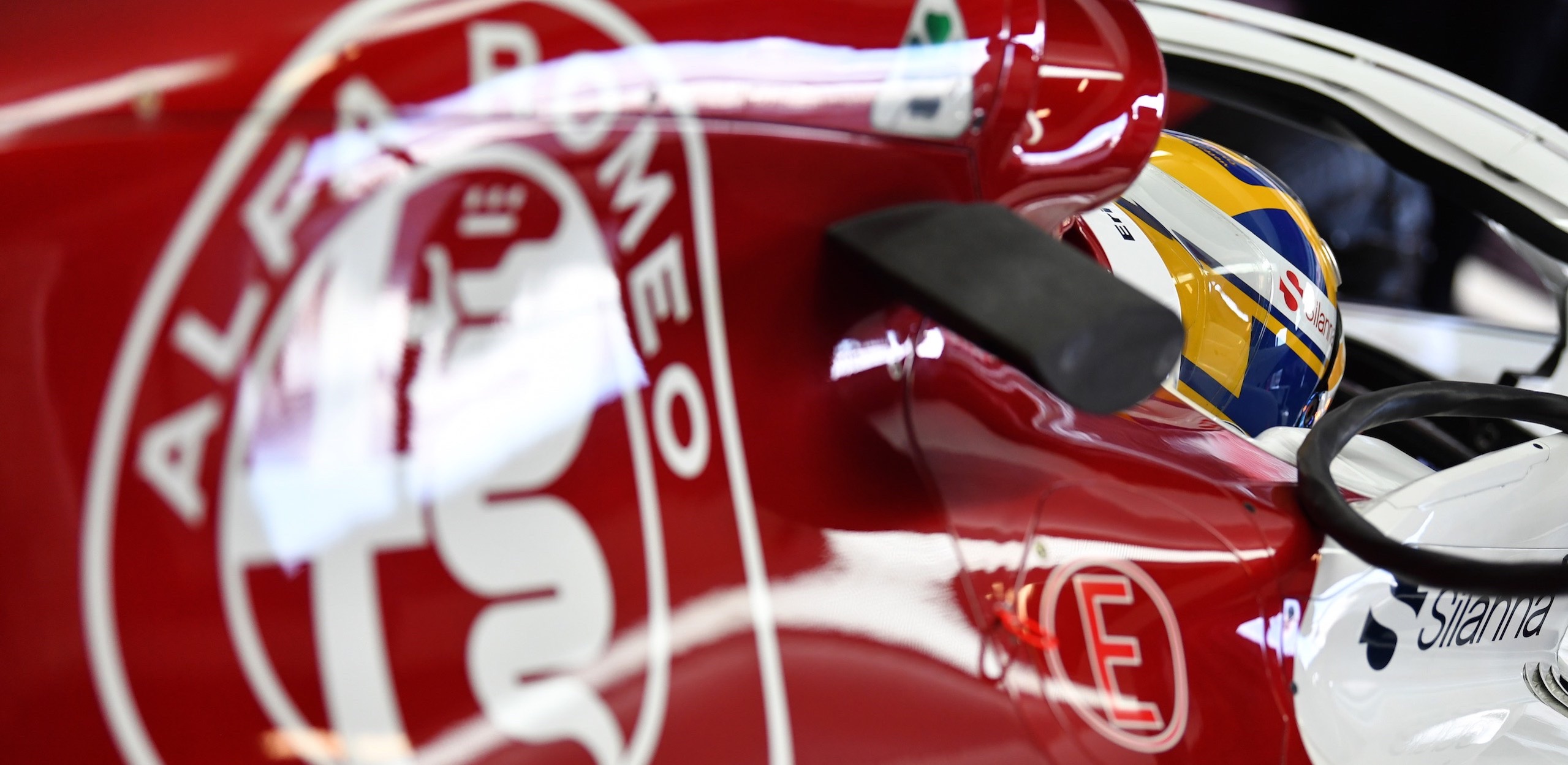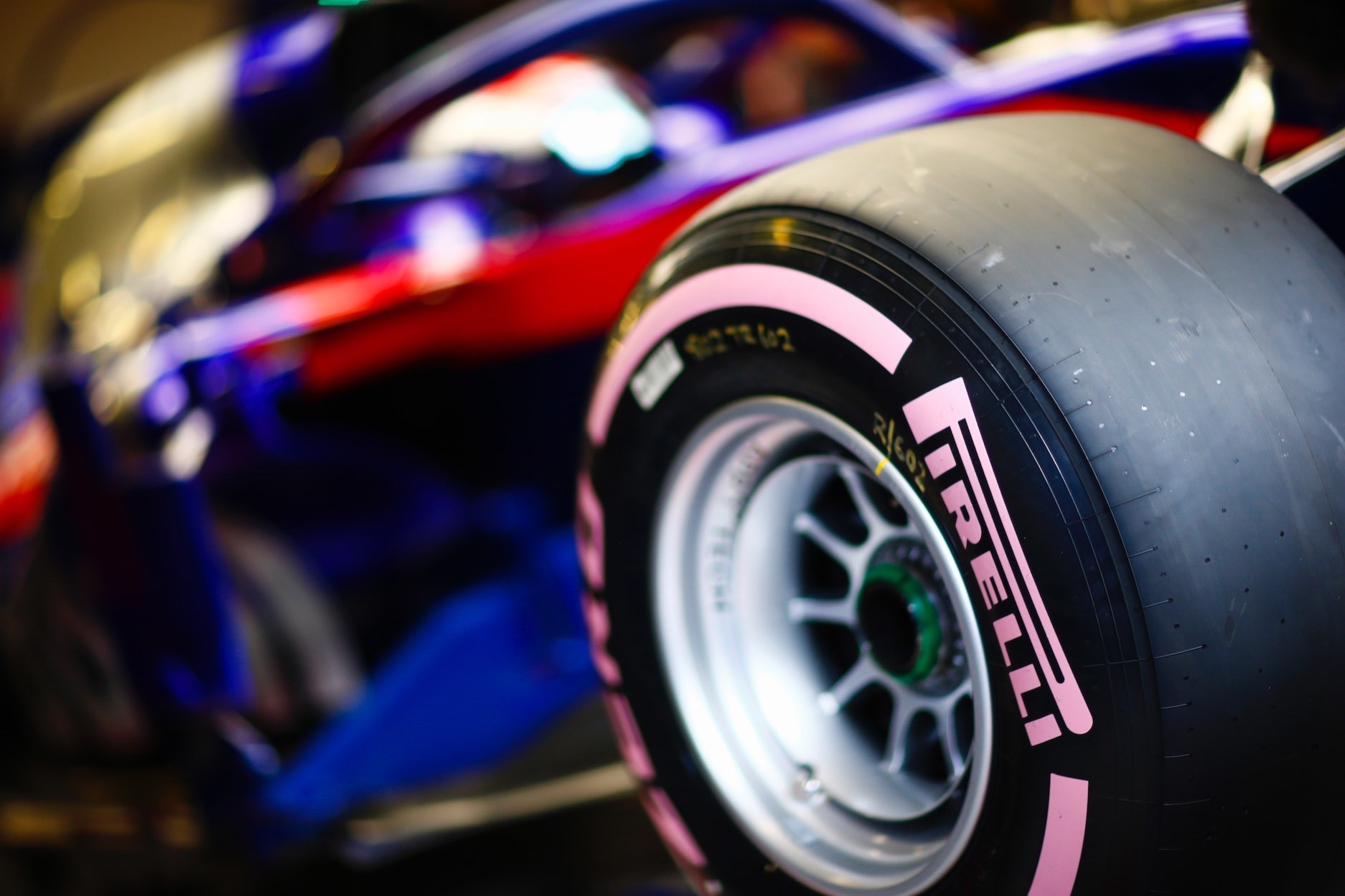
Pre-season 2018 F1 testing revealed only so much. Getting an accurate picture of this year’s competitiveness means watching and judging with a grain of salt.
The annual F1 pre-season two-week eight-day testing marathon has ended, and every motor racing journalist, technical detective and team spokesperson is frantic to deliver their verdicts on who was hot and who was not.
The problem is, racing is about finding a working compromise in every situation when the best talents on each team, the engineers and drivers, have a natural tendency to work in opposite directions. Engineers are problem solvers and want every component on a racecar delivering its optimum, and drivers, full of necessary can-do, instinctively overpower problems with their prodigious talent.
The wisest (read most focused) teams go about this pre-season data gathering business without eyeing the top of the time-charts; they find where the performance is and isn’t, then find the best compromise.
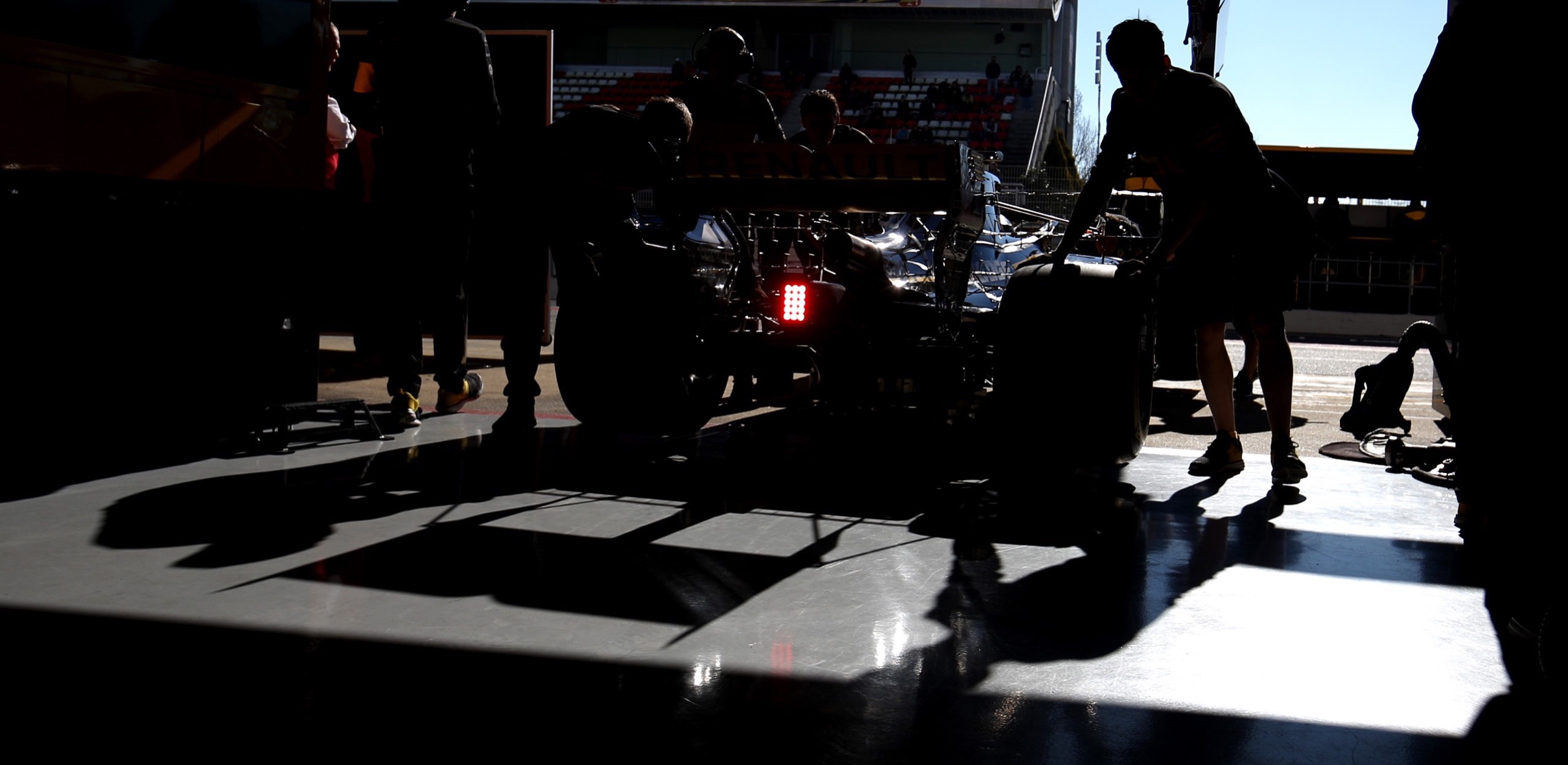
Testing is just that, an exercise to determine “is each system working as designed?” followed by “does the on-track aero data match the wind tunnel and CFD numbers? Confirmation leads to testing “what if…” and then “if-then..” with your latest go-fast pieces. And then, repeat that process.
And, with only with eight days (not counting frustration due to measurable snow on Wednesday) to gather your data and then use the data to plan specific combinations and qualifying/race set-ups, teams never accomplish all of their programs.
So, take any declaration of a team’s competitiveness during pre-season testing with a hefty grain of salt.
Nevertheless, here’s Blackbird observations from the Barcelona test days and why the full truth won’t materialise until first practice in Melbourne, March 22.
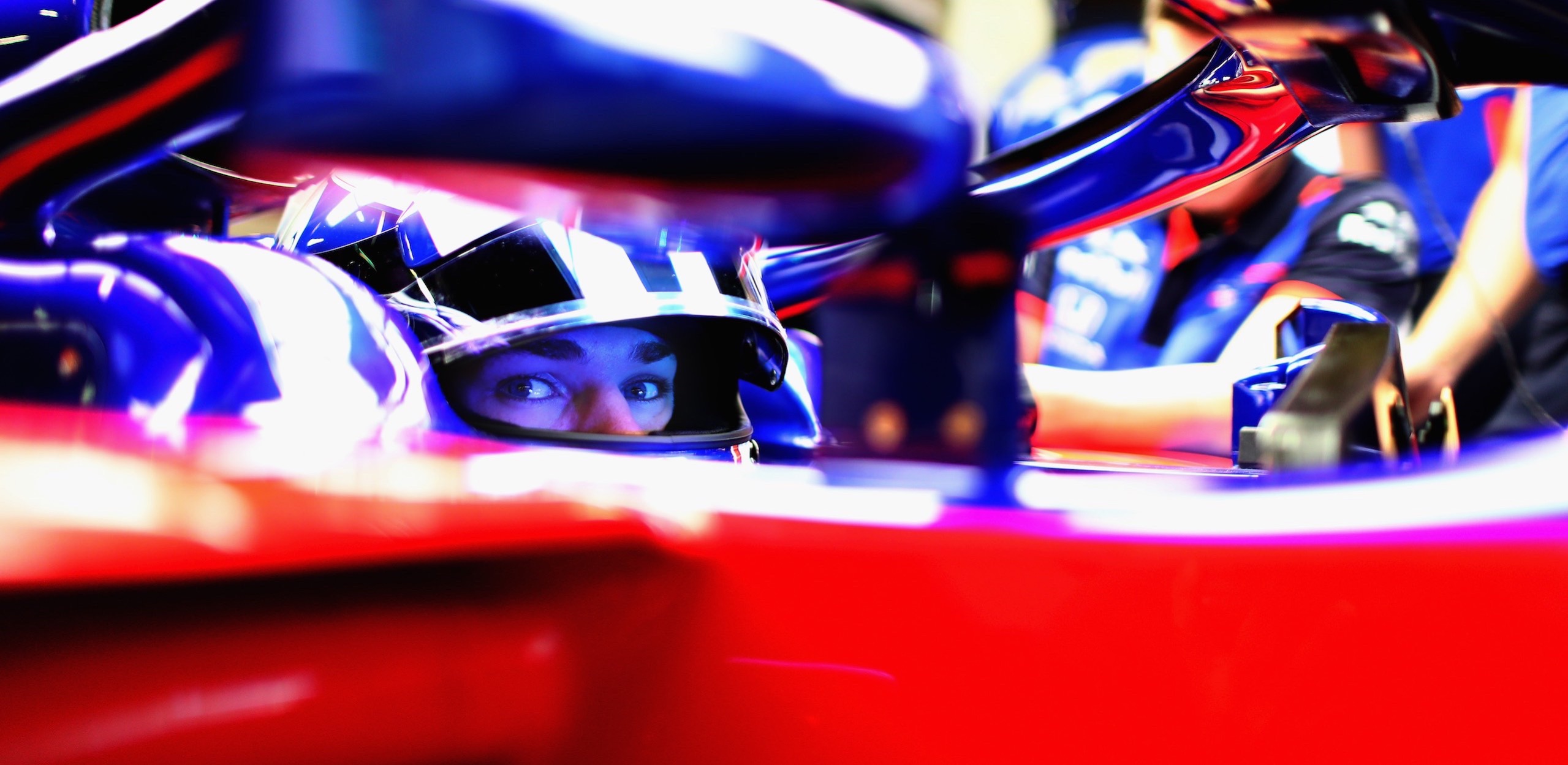
The W09 looks to be a mere shadow of its title-winning predecessor. Merc’s designers took every last centimetre of space out of the already sleek W08 bodywork; the newly refined W09 looks positively waif-like. It racked up mile after mile without any significant problems, as Mercedes refused to grab headlines with record-breaking lap times. Why? Because they didn’t need to; no one cares about being winter champion.
Instead, Mercedes just wasn’t fixing what wasn’t broke. Throughout these tests, the W09 looked utterly under control; more steady then last year’s “diva” on Barcelona’s colder new asphalt, so tyre temperature management has improved.
And then there’s Lewis Hamilton’s quote to the press, “the W09 immediately felt more adaptable. I was able to take Turn 9 flat out for the first time in my career”.
Bottom line: With a newly christened 1,000 HP power unit, forgiving chassis, and usual bag-load of updates waiting in the wings, the W09 poses an ominous threat to capture Mercedes’ fourth straight F1 title.
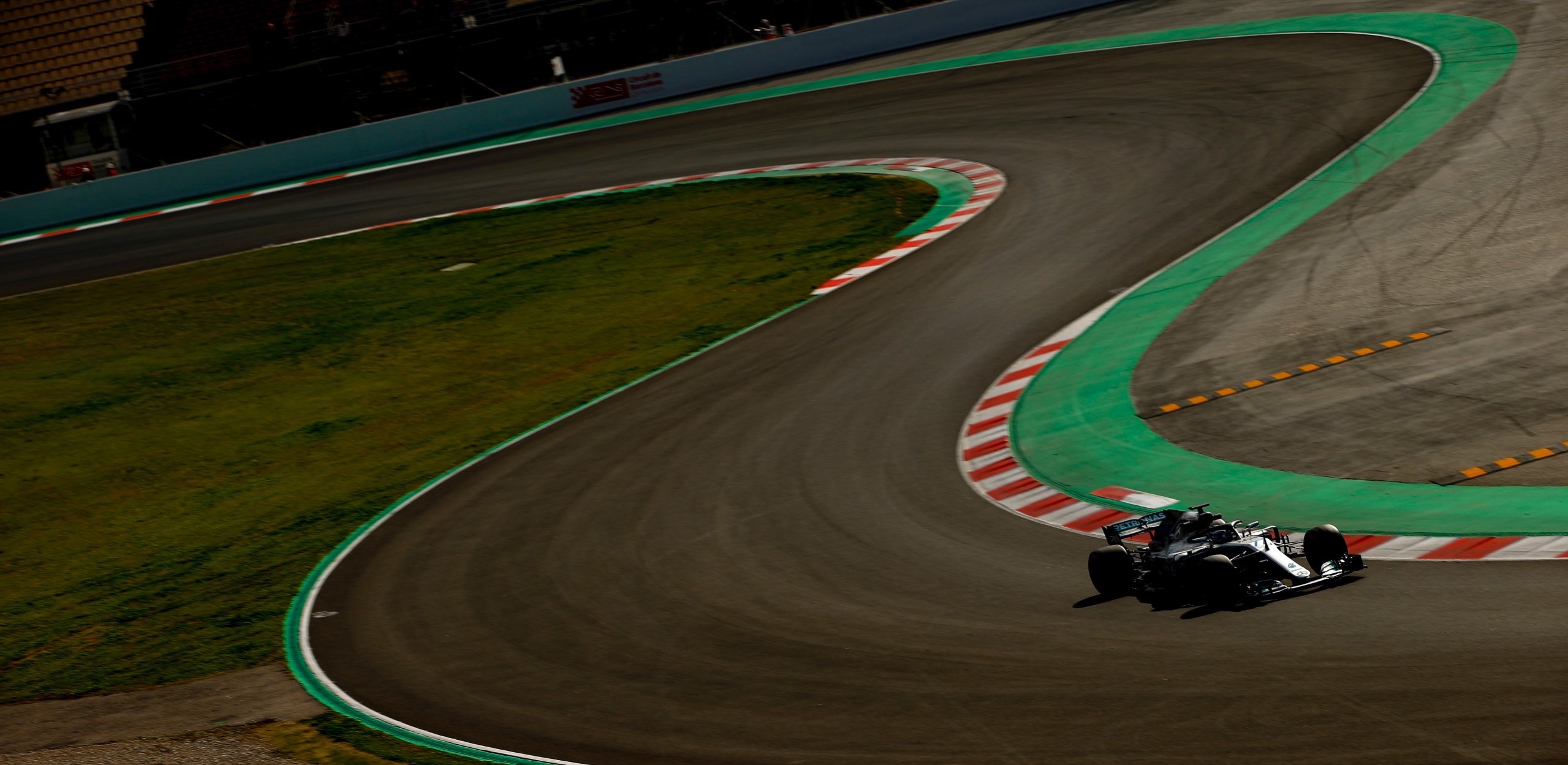
The SF71H wheelbase extension promised downforce and handling benefits at both ends of the car; it was confirmed in Thursday’s morning session. Vettel used Pirelli’s hypersoft compound tyre to score a 1:17.182, an unofficial lap record and nearly a second faster than Red Bull’s Daniel Ricciardo recorded on Wednesday. His afternoon race simulation mileage totalled a massive 188 laps, but Vettel’s thoughts were on Mercedes and its quicker high-fuel race pace.
Bottom Line: The Ferrari SF71H is very competitive, but Mercedes hasn’t shown all its cards at the moment. The Scuderia must come out of the starting blocks hard, like last year and then execute perfectly to beat the reigning champions.
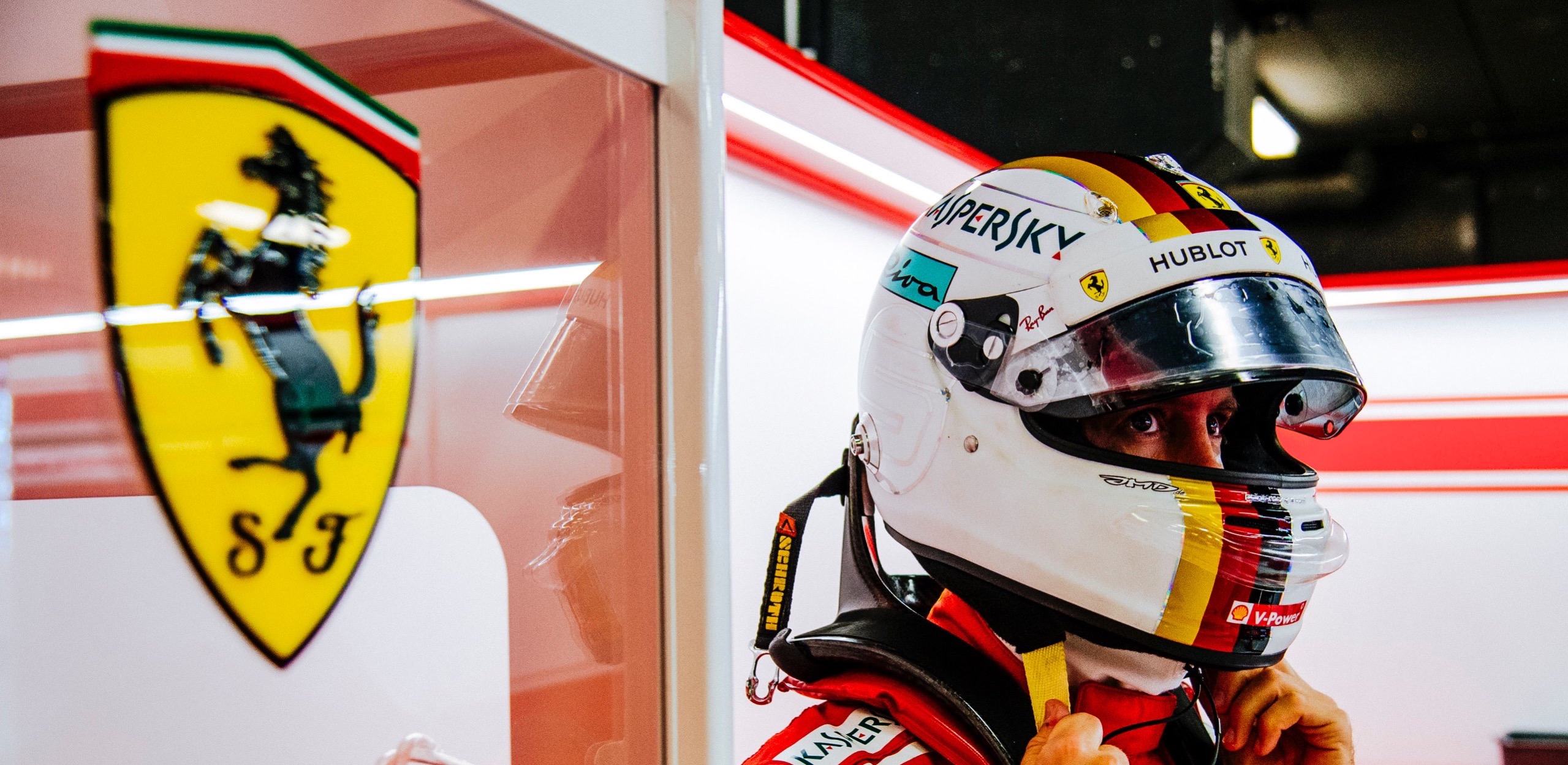
Adrian Newey’s RB14 suggests its radically slimmer and vertically flatter sidepods let more air onto the rear wing. It was proven true with the car’s hustle though fast and medium speed corners, ahead of Mercedes’ pace.
Daniel Ricciardo is sure Red Bull is better prepared for this season opener than ever before.
“We’re going to the [first] race and having the confidence to push the car entirely on the limit and push the engine a little bit, I think we have much more confidence now.”
Bottom Line: Despite Renault engine power limitations requiring it be conservatively tuned for reliability, the Newey-tuned RB14 is a threat, as Red Bull remains the only team able to out-develop and possibly out-run Mercedes and Ferrari.
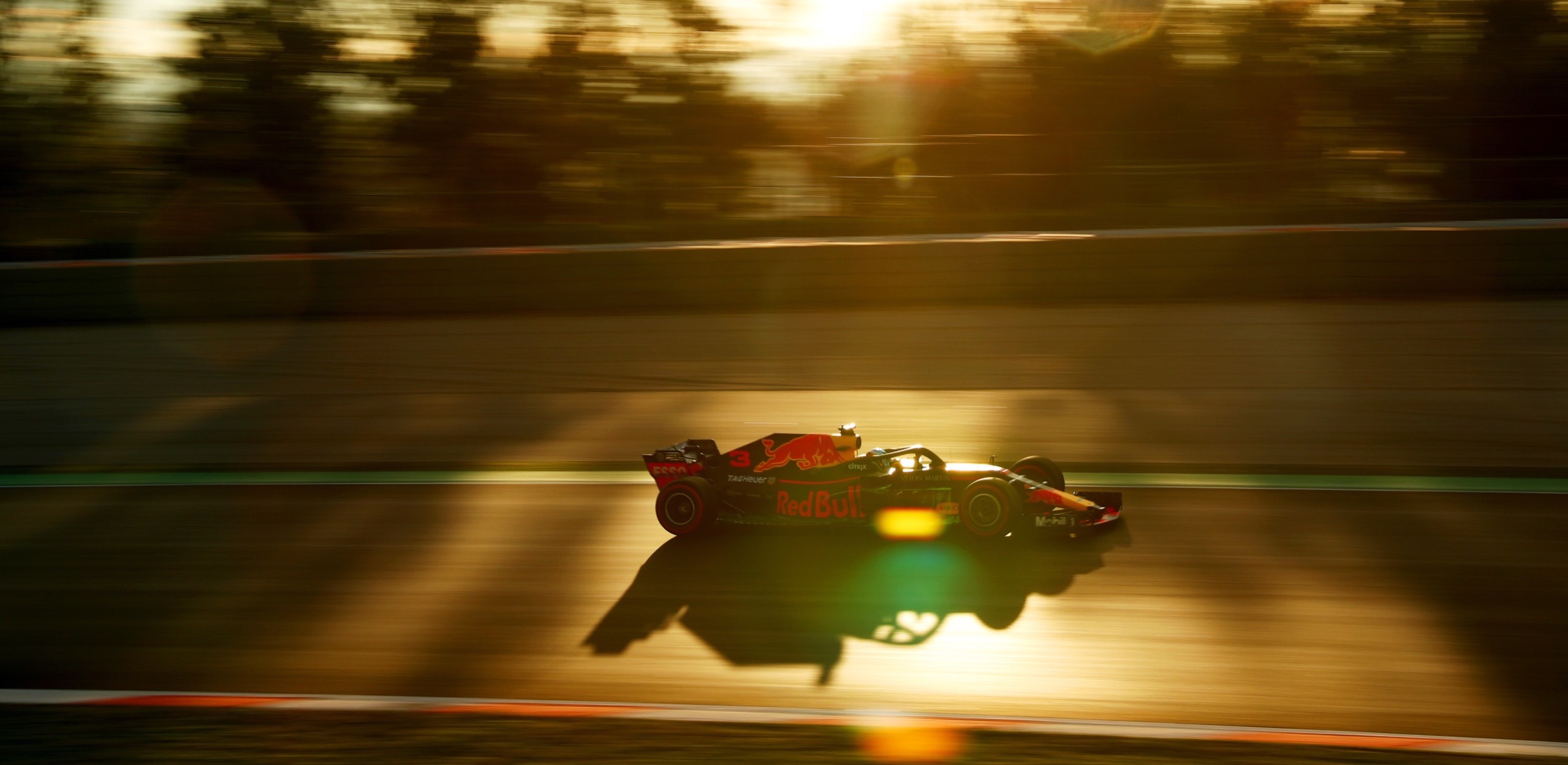
This former giant among F1 teams finally switched from Honda to Renault, but the late decision forced McLaren to copy most systems and layout from their size-zero Honda car. The result was a significant amount track-time robbing problems. It’s beautiful, tight and tragically unreliable. They only completed 599 laps, holding their speed back (when they were on track) until Fernando Alonso threw down a 1m17.784-second lap with six minutes to go on Friday. Vindicated, but fragile.
Bottom Line: McLaren still trails Mercedes, Ferrari and Red Bull. They need to solve their packaging and cooling problems immediately or risk confirming that Honda engineering wasn’t the whole problem last year.
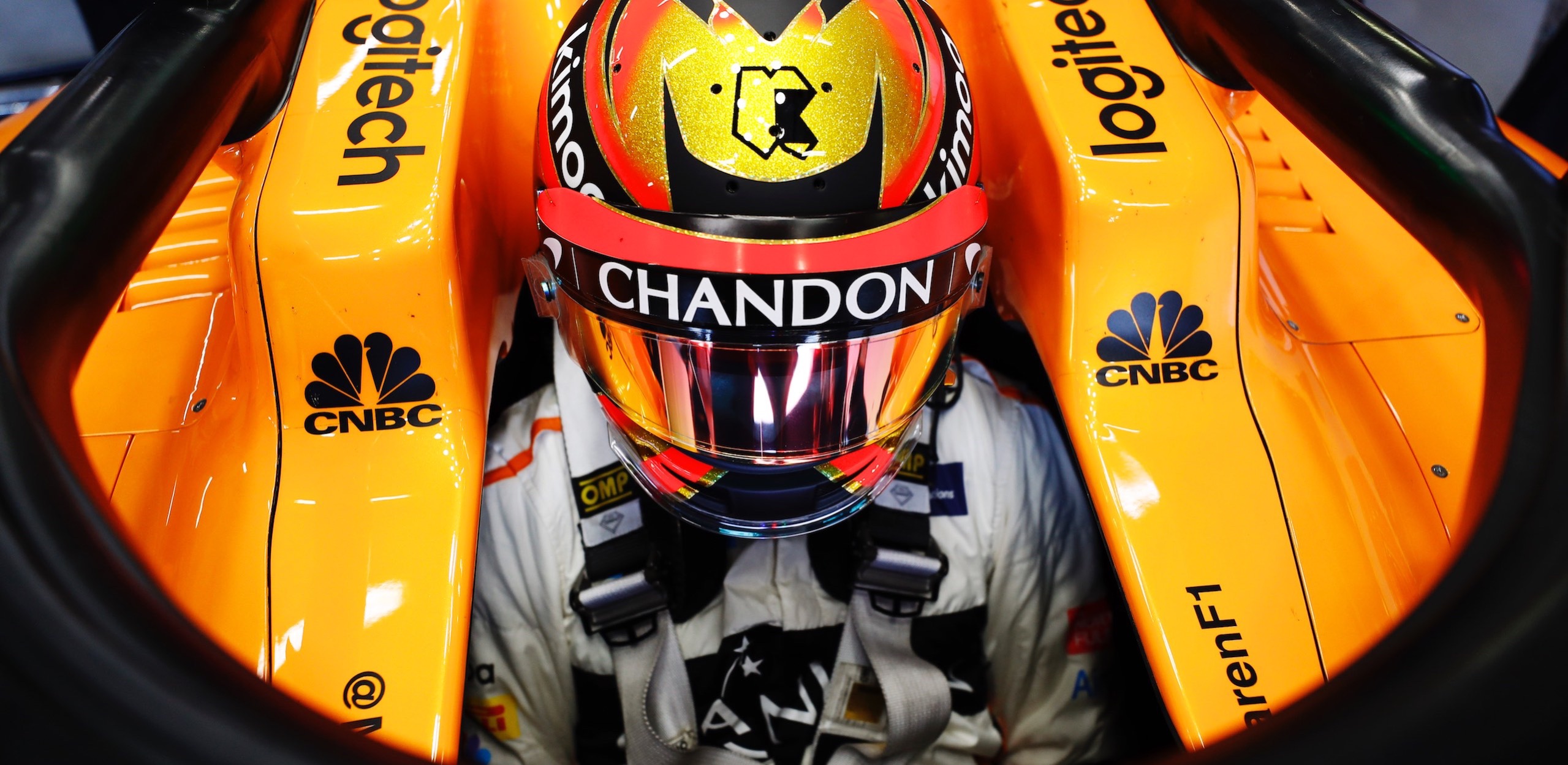
France’s Enstone-based squad always follows their proven F1 development path; start, get better, get solid, and win, all while employing their ideas and designs. The team was impressive throughout the test apart from a gearbox set back. This season Carlos Sainz and Nico Hulkenberg will mimic Force India’s 2017 points-gathering teamwork, with podiums surely in both their futures.
Bottom Line: Renault will be gunning for fourth in the championship.
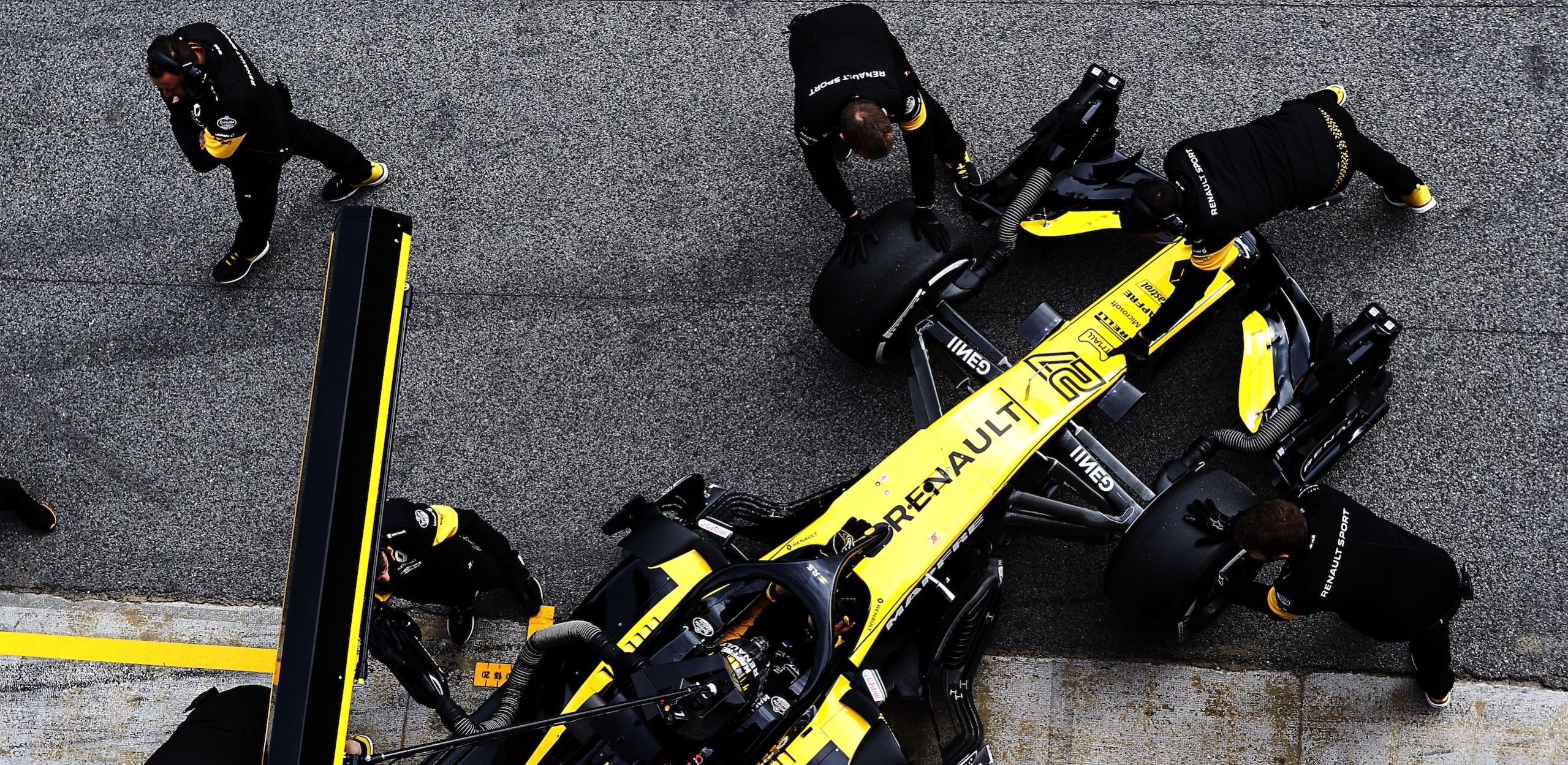
The American team impressed with their first all-original car and 2018-spec Ferrari-bits. They finished fifth-best in lap times but still need to put all the elements together.
Bottom Line: If they can keep Grosjean’s brakes healthy and raise Magnussen’s qualifying pace, they’ll take points from Renault, Toro Rosso and McLaren.

Driver Brendon Hartley says Toro Rosso can revise its targets for the Formula 1 season opener in Australia after pre-season testing exceeded the team’s expectations. No beating around the bush here; Toro Rosso had a trouble-free test with the formerly fragile Honda PU, completing the third most laps of any team behind Mercedes and Ferrari, with Hartley seventh-fastest time on Friday’s final day while team-mate Pierre Gasly finished third on Thursday.
Bottom Line: We don’t want to jinx them, but they could be the surprise of the season. Further, Honda has given Red Bull an early summer deadline to decide if they’ll stay with the Japanese firm.
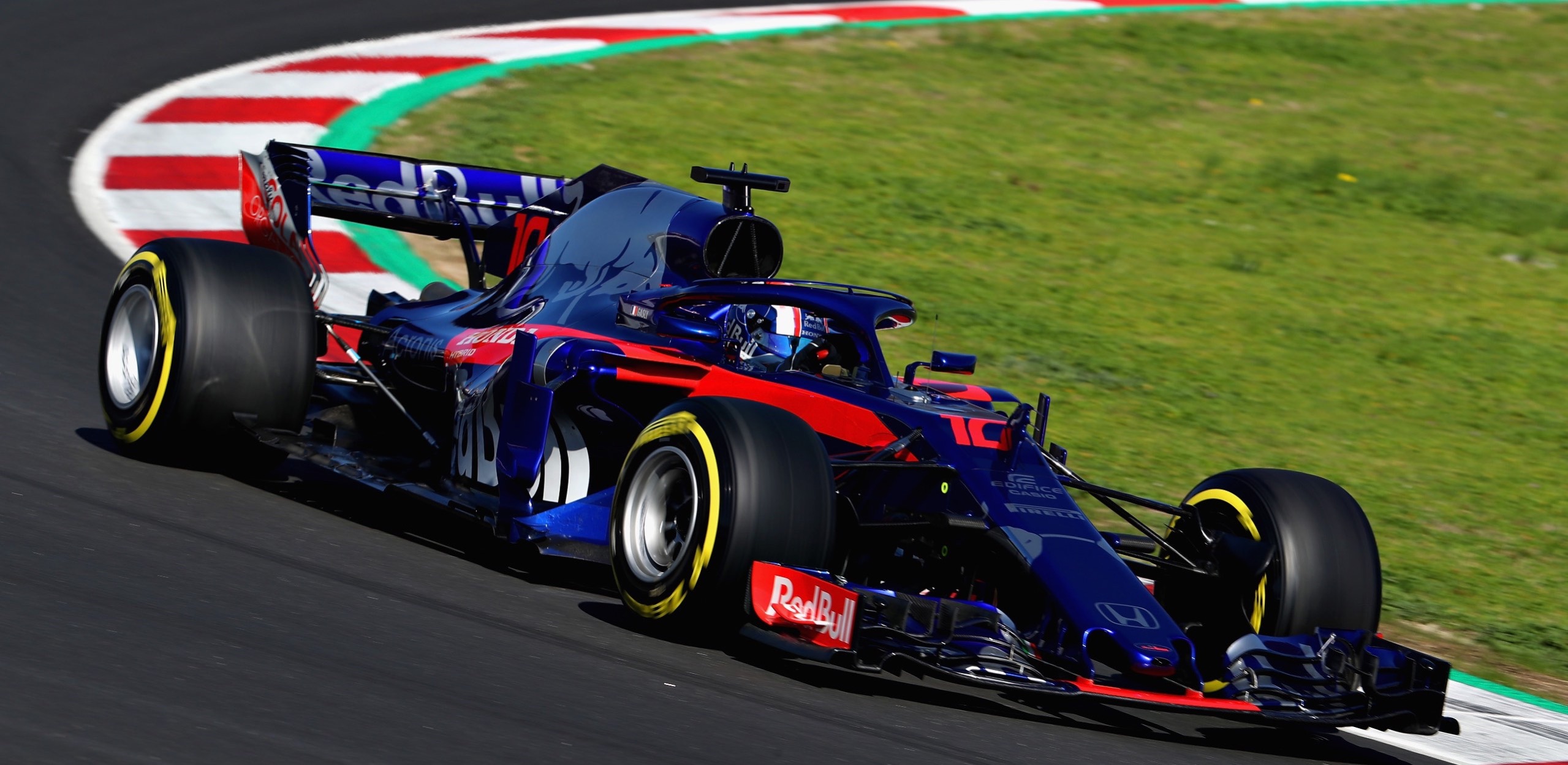
The seven-time former World Champion team had Lance Stroll, and reserve Robert Kubica sacrifice plenty of seat time for Sergey Sirotkin to get himself and Williams’ dramatic Mercedes/ Ferrari clone up to F1 speed before Melbourne. Williams also decided not to perform qualifying simulations or completing full race runs. That leaves the team now behind schedule as is Force India, who arrived in Barcelona with an interim launch-spec chassis that won’t be full 2018 spec-ready until Melbourne.
Bottom Line: Williams, as well as Force India have an immense amount of work ahead just to match their 2017 competitiveness.

This venerable Swiss team understood that as a brand new car/team/organisation, they had to expect resultant teething troubles and off-track damage as a result.
Bottom Line: Every mile gifted F1 rookie Charles Leclerc logs in the well-engineered but still unsorted Sauber will lower his steep learning curve, paying off in points by the end of the season.
